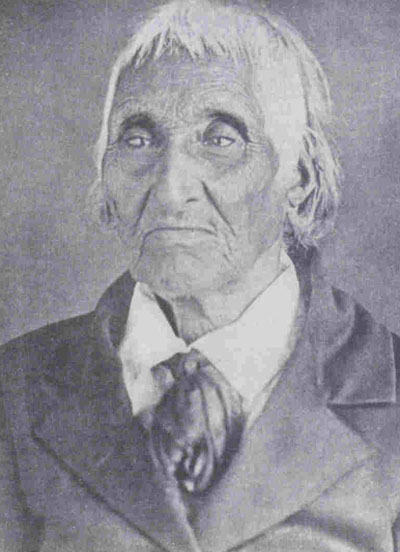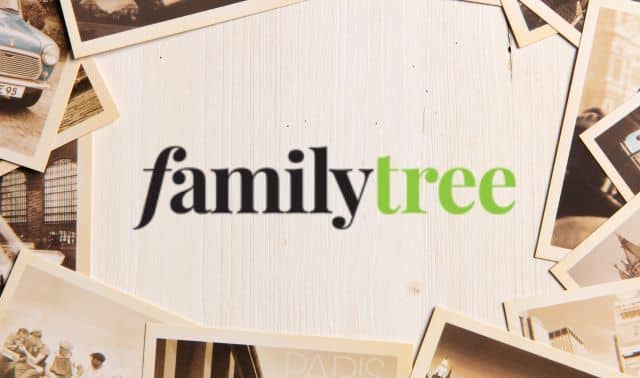Sign up for the Family Tree Newsletter Plus, you’ll receive our 10 Essential Genealogy Research Forms PDF as a special thank you!
Get Your Free Genealogy Forms
"*" indicates required fields
Photos come in different shapes, sizes and mediums. They also come with stories.
Let’s take this image of Governor Blacksnake, aka Chainbreaker. I featured him in my book The Last Muster: Images of The Revolutionary War Generation. I’d found the image in the Extra Census Bulletin: Indians: The Six Nations of New York (US Census Printing Office, 1892) and on the cover of Jeanne Winston Adler’s Chainbreaker’s War (Black Dome Press, 2002), but with no attribution.
Months of searching archives, libraries and museums didn’t turn up a single lead about the owner of the original daguerreotype. Was it lost?
In 2009, Cowan’s Auctions featured the original daguerreotype and it sold for $22,325. Turns out the image had been found sitting in a box in a warehouse in New York State. A label on the inside of the image’s case identified the subject of the daguerreotype and the photographer—Flint of Syracuse. It’s a great case of lost and found.
There is a story behind this image. I’d love to know more about the photographer and why the photo ended up in a box of miscellaneous pictures. I know the story of the Chainbreaker’s life. He recounted his story to a neighbor, Benjamin Williams, during the winter of 1845-46. He related tales about the Seneca tribe’s involvement in the American Revolution, and bits about his own life.
The tale makes up the book The Revolutionary War Memoirs of Governor Blacksnake as Told to Benjamin Williams (University of Nebraska Press, 2005). It’s available for preview in Google Books—access it in Family Tree Magazine‘s Google Library.
The next time you look at a family photo, take a few moments to consider the story behind the picture, such as who took it and when. Also consider what was happening in your family history around the time it was taken.
Your family pictures may not be as historically significant or as monetarily valuable as this portrait of Chainbreaker, but they have enormous family worth to your descendants.
I’m still working on my The Last Muster project and continuing my search for images of men and women who lived during the Revolutionary War and into the age of photography. For more information, see my website.
Solve your family photo mysteries with these books by Maureen A. Taylor:
ADVERTISEMENT





